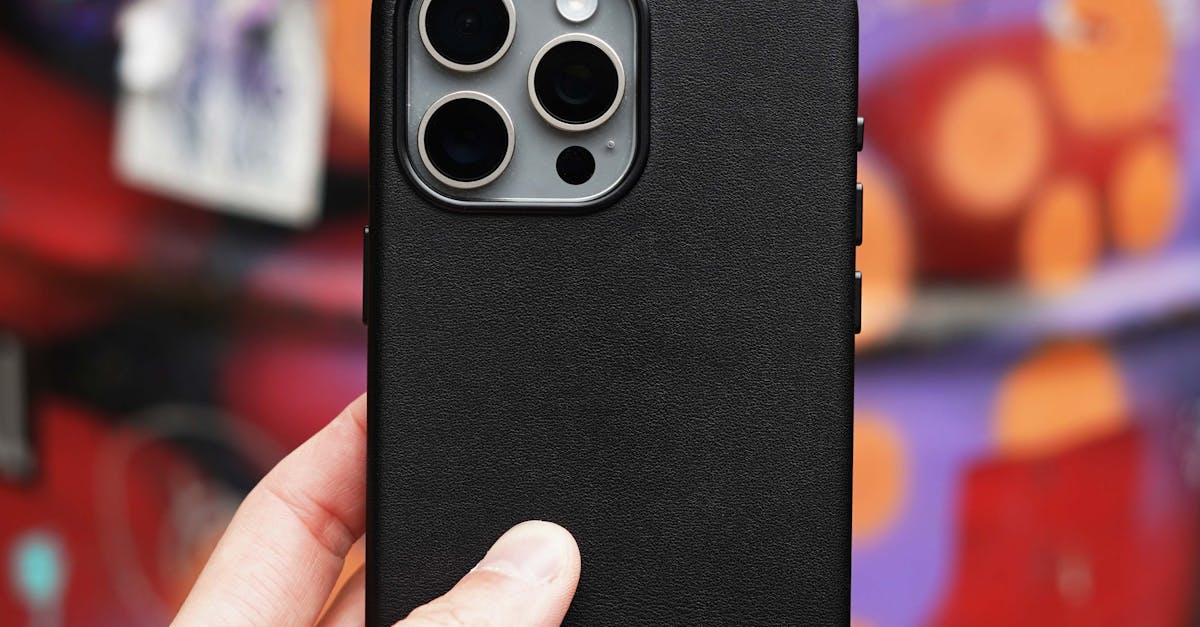
ers can lead to deterioration of the camera head over time if it is not adequately protected. Therefore, selecting a camera head with durable materials and robust construction is vital to ensure longevity and reliability in demanding sewer inspection environments.
Waterproofing and Dust Resistance
When selecting a camera head for sewer inspections, ensuring robust waterproofing and dust resistance is crucial for reliable performance in challenging environments. The camera head should have adequate protection to withstand exposure to water, dirt, and debris commonly found in sewer systems. This feature not only prolongs the lifespan of the camera head but also ensures clear image quality during inspections.
Opting for a camera head with a high IP (Ingress Protection) rating guarantees superior waterproofing and dust resistance. Look for a camera head with a minimum IP68 rating to ensure optimal protection against water infiltration and solid particles. This will safeguard the internal components of the camera head and maintain its functionality even in the harshest sewer conditions.
Ergonomic Design Features to Look for in Camera Heads
When selecting a camera head for sewer inspections, prioritizing ergonomic design features is crucial for ensuring operator comfort and efficiency. Look for camera heads that are lightweight and compact, as these qualities can reduce operator fatigue during prolonged inspections. Additionally, consider camera heads with adjustable grips or handles to accommodate different hand sizes and preferences, allowing for a more comfortable and secure hold while maneuvering the equipment within sewer lines.
Furthermore, opt for camera heads that feature intuitive control interfaces and ergonomic button placement for ease of use. Designs that allow for single-handed operation can greatly enhance the overall user experience by enabling operators to navigate the sewer system with precision and minimal effort. When camera heads are ergonomically designed with the operator's comfort and convenience in mind, it not only improves inspection efficiency but also contributes to the longevity of the equipment and the quality of the inspection results.
Comfort for Prolonged Inspections
During prolonged sewer inspections, comfort is a crucial factor to consider when choosing the optimal camera head size and design. A camera head that is ergonomically designed can greatly reduce strain on the operator, allowing for longer inspection periods without fatigue. Look for camera heads that are lightweight and have features like padded grips or handles to enhance comfort during extended use in sewer pipes.
In addition to ergonomics, the size and shape of the camera head can also impact comfort during prolonged inspections. Opt for a camera head that is compact and streamlined to manoeuvre easily through tight spaces within sewer lines. This not only improves the operator's comfort but also increases efficiency during inspections, as the camera head can navigate through bends and turns with minimal effort.
. LED lights provide consistent and even illumination, enhancing visibility in dark and challenging environments within sewer systems. Additionally, camera heads with adjustable lighting settings allow operators to adapt the brightness levels according to the specific conditions encountered during inspections, ensuring optimal image clarity and detail.
Visibility in Dark or LowLight Conditions
When conducting sewer inspections, visibility in dark or low-light conditions is crucial for accurate assessment and identification of potential issues. Camera heads with advanced lighting options such as high-intensity LED lights can greatly enhance visibility in challenging environments. These lights should be strategically positioned around the camera head to ensure uniform illumination, reducing shadows and glare that could hinder the inspection process.Privacy Policy
Moreover, the ability to adjust the brightness and intensity of the lights directly from the control unit allows operators to customise the lighting conditions based on the specific requirements of each inspection. This flexibility ensures optimal visibility without causing unnecessary strain on the eyes or compromising the accuracy of the inspection. In addition to lighting options, consider camera heads with light sensitivity adjustments to accommodate varying light conditions encountered during sewer inspections.
FAQS
What are some environmental factors that can affect camera head performance during sewer inspections?
Environmental factors such as moisture, dust, and debris can impact the performance of camera heads during sewer inspections. It is important to choose a camera head with proper waterproofing and dust resistance to ensure reliable operation in challenging conditions.
What ergonomic design features should I look for in a camera head for sewer inspections?
When choosing a camera head for sewer inspections, look for ergonomic design features that prioritize comfort for prolonged use. Features such as lightweight construction, adjustable grips, and intuitive controls can enhance the user experience and reduce fatigue during long inspection sessions.
How does the choice of lighting options affect the effectiveness of a camera head in sewer inspections?
The choice of lighting options can significantly impact the effectiveness of a camera head during sewer inspections, especially in dark or low-light conditions. Camera heads with adjustable and powerful LED lights can improve visibility and image quality, allowing for more accurate inspections in challenging environments.
Why is visibility in dark or low-light conditions important when selecting a camera head for sewer inspections?
Visibility in dark or low-light conditions is crucial when selecting a camera head for sewer inspections as it directly affects the quality and accuracy of the inspection. Camera heads with superior visibility features, such as infrared illumination or high-intensity LEDs, can help identify issues and defects in sewer lines more effectively.
How can I ensure optimal performance when choosing the camera head size and design for sewer inspections?
To ensure optimal performance when choosing the camera head size and design for sewer inspections, consider factors such as environmental resistance, ergonomic features, lighting options, and visibility in dark conditions. Selecting a camera head that meets these cri teria will help streamline inspections and improve overall efficiency in sewer maintenance tasks.